There are five tattva jointly called the pañca tattva where pañca means five and tattva means principle or element. Tattva refers to the truth or reality associated with any state of a being. In philosophy it is a truth principle and then there is the counting of such principles which in sāṁkhya is 25 (pañca-viṁśa) based on 52 or the 25 consonants of Sanskrit the define the body.
Māheśvara, Lokāyatika and Jaina philosophies stick to the original five as the primary tattva and everything else evolves from them, which is also fine from a very strict viewpoint. Buddhists have four tattva. Often the disagreement in number is more due to the strictness of the rule which either takes originality in the truth principle or its independence as the factor for its count. From a strict original source point, we may say that there are in essence only five original factors bringing about the entire creation whereas from the number of independent principles that come into play for creation we may say that they are 25 in number. If sources of creation is the criterion, then sāṁkhya expresses this as 8 tattva. Therefore tattva simply means principles that form the basis of any hypothesis.
For example, in Vedanta the Mahāvākya (great statements or statements of truth) are the tattva. A comparison of a subject on inquiry [tvam] is made to another which is the object of perfection [tad] and the result is given. A statement like तत त्वम् असि (tat tvam asi) refers to the one eternal brahman (god) as ‘tat’ which is the object of measure and compares the self (individual being) ‘tvam’ and declares the result ‘asi’ – as being equal. A nice Latin translation would be ‘That thou art’. Let us examine the five tattva.
Avyakta
It refers to the undeveloped, unmanifested, indistinct, invisible. Different philosophies refers to this as either imperceptible paramātman (the universal spirit) called Brahman or Viṣṇu or Śiva. In essence it is the unmanifested word ॐ (auṁ) from which everything evolved. Since this was the origin of everything, it is accepted as the penultimate destination, the highest mokṣa. In the Bhagavat Gītā Kṛṣṇa describes this very clearly.
यः स सर्वेषु भूतेषु नश्यत्सु न विनश्यति॥ ८-२०॥
parastasmāttu bhāvo’nyo’vyakto’vyaktātsanātanaḥ |
yaḥ sa sarveṣu bhūteṣu naśyatsu na vinaśyati || 8-20||
Translation: But there is another avyakta [unmanifested realm] which is much beyond far superior realm [para…bhāva] to the destructible temporal realm [vyakta] of Brahma. This realm is eternal [sanātana] and when all the living entities perish, it continues to exist.
यं प्राप्य न निवर्तन्ते तद्धाम परमं मम॥ ८-२१॥
avyakto’kṣara ityuktastamāhuḥ paramāṁ gatim |
yaṁ prāpya na nivartante taddhāma paramaṁ mama || 8-21||
Translation: That unmanifested realm [avyuka] is described as akṣara (imperishable as well as the word – ॐ ‘om’) and is my supreme abode [tad dhāma paramaṁ mama]. This is proclaimed {by all śāstra} as the supreme goal, reaching which {the soul} never returns to material existence {and exists beyond death and destruction of every kind}.
Kālapuruṣa
We have learnt that ‘gati’ (movement, rhythm) is a function of the feet and is defined by the chandas. The chandas referred to herein is the gāyatrī chandas having 24 syllables called horā.
Just as 24 horā define the complete day, so also the 24 syllables of the gāyatrī define the complete form of God, the Kālapuruṣa – the paramaṁ dhāma; for the creator of time alone is beyond time.
This Kālapuruṣa is above the daśā avatāra of Viṣṇu as the avatāra and Viṣṇu are subject to the laws of time (kāla) and karma. In this manner, Brahma, Viṣṇu and Maheśvara, the three guṇa avatāra cannot transcend their natures or the guṇa that their manifestation is associated with. The vaiṣṇava refer to Kālapuruṣa by the names Nārāyaṇa or Jagannāth Kṛṣṇa depending on their sampradāya (lineages), while the śaiva prefer the name Śiva. Everyone prefers a name depending on their personal bhakti to a form, yet the Kālapuruṣa is beyond these forms and names as forms are the creation of Agni tattva and names are destructible and the sources of bondage (bandana) being the manifestations of various sounds in nature. Having known this, the pious worship Śrī Kālapuruṣa with the Brāhmaṇa gāyatrī mantra.
धियो यो नः प्रचोदयात् ॥३।६२।१०
auṁ tat saviturvareṇyaṁ bhargo devasya dhīmahi|
dhiyo yo naḥ pracodayāt ||3|62|10
Prāṇāyāma
This mantra can when done as prāṇāyāma jolts the third eye to awaken. The process requires that you sit in a comfortable posture (sukhāsana or padmāsana) facing the eastern direction. You should have learnt the full mantra given for the prāṇāyāma before hand and should be able to recite it. You also need to learn about the seven chakras in the body – the mūlādhāra and others as well as their placement relative to the spine.
ॐ तत्सवितुर्वरेण्यं भर्गोदेवस्य धीमहि। धियो यो नः प्रचोदयात्।
ओमापो ज्योतीरसोऽमृतं ब्रह्म भूर्भुवस्सुवरोम्॥
om bhūḥ| om bhuvaḥ | om suvaḥ| om mahaḥ| om janaḥ| om tapaḥ| om satyam| [Inhale] om tatsaviturvareṇyaṁ bhargodevasya dhīmahi| dhiyo yo naḥ pracodayāt| [Hold] omāpo jyotīraso’mṛtaṁ brahma bhūrbhuvassuvarom || [Exhale]
- Use the thumb and the ring finger of the right hand to close the right and left nostrils.
- Turn the little finger into the palm.
- Stretch the index finger and middle finger to touch the third eye in the middle of the forehead.
- Close the eyes and bring the mind to focus on the gentle touch of the two fingers in the middle of the eyebrows in the forehead.
- In the first few weeks breathe in and out with both the nostrils and when you have attained some perfection, you can breathe in with one nostril and out with the other and then reverse this to bring about a swing in the breath.
- Now gently loosen the thumb and ring finger on the nostrils and breathe in very slowly as you recite the following mantra in the mind concentrating on each of the seven chakras from the base of the spine (mūlādhāra) to the top of the forehead and placed ॐ (om) in each of the chakras with the mantras given here.
ॐ भुवः। om bhuvaḥ | Focus on svādhiṣṭhāna – breathe inwards and push the kundalini from mūlādhāra to svādhiṣṭhāna
ॐ सुवः। om suvaḥ| Focus on manipura – breathe inwards and push the kundalini to manipura
ॐ महः। om mahaḥ| Focus on anahata – breathe inwards and push the kundalini to chest-center anahata
ॐ जनः। om janaḥ| Focus on vishuddhi – breathe inwards and push the kundalini to vishuddhi
ॐ तपः। om tapaḥ| Focus on ajnakhya – breathe inwards and push the kundalini to ajnakhya
ॐ सत्यम्। om satyam| Focus on sahasrara – breathe inwards and push the kundalini to sahasrara
Hold the breath and recite the gāyatrī mantra in your mind while keeping a focus on the third eye, the ajñā chakra.
om tatsaviturvareṇyaṁ bhargodevasya dhīmahi| dhiyo yo naḥ pracodayāt|
Gradually open the nostrils, release the breath and recite the following mantra as you visualise the kundalini moving down from sahasrara to muladhara.
omāpo jyotīraso’mṛtaṁ brahma bhūrbhuvassuvarom ||
Repeat this process for a total of 10 times only. Do not exceed this limit
Warning! (1) Do not exceed this limit as it can cause burning issues in the brain and other disorders as the agni would be too high to handle. Let your lamp burn slowly, burn well without flicker and burn for long. Then this burning is called tapas as the lamp will burn throughout the day. (2) This has to be done in the morning, after a bath and before breakfast on an empty stomach. Do not do this after a meal or when unclean. (3) This cannot be done at midday or in the evening. It can cause insomnia and if you are already suffering from sleeplessness, avoid doing this. (4) If for any reason you cannot fulfill every condition required, please do not do it. Instead just repeat the full mantra 10 times and you are good.
Viṣṇu gāyatrī
The pious jyotiṣa always worship Śrī Viṣṇu with the Viṣṇu gāyatrī mantra for the jyotiṣa eye
दिवीव चक्षुराततम्॥
auṁ tadviṣṇoḥ paramaṁ padaṁ sadā paśyanti sūrayaḥ |
divīva cakṣurātatam ||
The original Ṛk in both these mantra is with 23 syllables in the nicṛt gāyatrī chandas where the implication of nicṛt chandas is indicative of mantra being defective and the need to insert or prefix syllables. Based on the teachings of the Bhagavat Gītā, it is proper to prefix ॐ (auṁ) and complete the chandas. In fact ॐ (auṁ) itself is recited in gāyatrī chandas by repeatng it 24 times for each cycle.
Navagraha Gāyatrī
Gāyatrī mantra are not restricted to just Savitṛ or Viṣṇu and there are gāyatrī for all devatā and the navagraha as well. We list some here for you to study and learn these mantra. Try to find the others. Graha occupy the first house or rising sign, then their praise sung with the gāyatrī is of utmost benefit. This is true for the devatā associated with the graha as well. In the Parāśara course we learn about some of the devatā and the graha and upagraha as well. More details about the chandas is learnt in the Jaimini Scholar course.
Sarasvatī gāyatrī
pāvakā naḥ sarasvatī vājebhirvājinīvatī | yajñaṁ vaṣṭu dhiyāvasuḥ || [24 syllables]
Bṛhaspati gāyatrī
vṛṣabhaṁ carṣaṇīnāṁ viśvarūpamadābhyam| bṛhaspatiṁvareṇyam|| 3|62|6 [21 syllanles!]
Ketu gāyatrī
ketuṁ kṛṇvannaketave peśo maryā apeśase | samuṣadbhirajāyathāḥ || [24 syllables]
Avyakta Upaniṣad
The Avyakta upaniṣad states that the three states of evolution right at the beginning were Avyakta (unmanifested or indeterminate), Mahātattva (determined indeterminate or that which causes the manifestation to occur) and Ahaṁkāra (determinate or that which evolved). These are the first three of the five tattva and are listed as Avyakta, Buddhi and Ahaṁkāra (Mahātattva is Buddhi). For each of these a sūkta is prescribed to help in developing the understanding and complete knowledge.
- Avyakta – nāsadīya sūkta
- Mahātattva – hiraṇyagarbha sūkta
- Ahaṁkāra – puruṣa sūkta
As one becomes more spiritual, it would be very good to study the Avyakta upaniṣad so that one learns about the avyakta state, the jīvanamukta state and fully understands mṛtyu.
Nāsadīya sūkta ṛgveda 10.129
Nāsadīya sūkta consists of seven hymns in triṣṭubh chandas in the Ṛk Veda 10.129, where one hymn is slightly defective or perhaps has become defective over time as this was passed down in the oral tradition. Triṣṭubh chandas is always used to conquer mṛtyu as it has the power of Rudra being the 44 syllable {=11×4 or 22×2} formation. Generally, sūkta are generally found in the tenth maṇḍala of Ṛk Veda which has contributions of all ṛṣi.
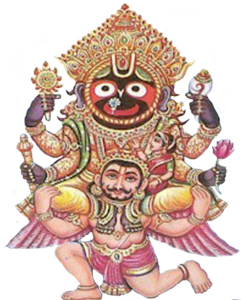
नासदासीन्नोसदासीत्तदानीं नासीद्रजो नो व्योमापरो यत्।
किमावरीवः कुह कस्य शर्मन्नम्भः किमासीद्गहनं गभीरम्॥१
nāsadāsīnnosadāsīttadānīṁ nāsīdrajo no vyomāparo yat |
kimāvarīvaḥ kuha kasya śarmannambhaḥ kimāsīdgahanaṁ gabhīram ||1
न मृत्युरासीदमृतं न तर्हि न रात्र्या अह्न आसीत्प्रकेतः
आनीदवातं स्वधया तदेकं तस्माद्धान्यन् न परः किं चनास॥२
na mṛtyurāsīdamṛtaṁ na tarhi na rātryā ahna āsītpraketaḥ
ānīdavātaṁ svadhayā tadekaṁ tasmāddhānyan na paraḥ kiṁ canāsa ||2
तम आसीत् तमसा गूळमग्रेऽप्रकेतं सलिलं सर्वमादम्
तुच्येनाभ्वपिहितं यदासीत् तपसस्तन्महिनाजायतैकम्॥३
tama āsīt tamasā gūḻamagre’praketaṁ salilaṁ sarvamāidam
tucyenābhvapihitaṁ yadāsīt tapasastanmahinājāyataikam ||3
कामस्तदग्रे समवर्तताधि मनसो रेतः प्रथमं यदासीत्
सतो बन्धुमसति निरविन्दन् हृदि प्रतीष्याकवयो मनीषा॥४
kāmastadagre samavartatādhi manaso retaḥ prathamaṁ yadāsīt
sato bandhumasati niravindan hṛdi pratīṣyākavayo manīṣā ||4
तिरश्चीनो विततो रश्मिरेषाम् अधः स्विदासी दुपरि स्विदासीथ।
रेतोधाआसन् महिमान आसन् स्वधा अवस्तात् प्रयतिः परस्तात्॥५
tiraścīno vitato raśmireṣām adhaḥ svidāsī dupari svidāsītha |
retodhāāsan mahimāna āsan svadhā avastāt prayatiḥ parastāt ||5
को अद्धा वेद क इह प्र वोचत्कुत आजाता कुत इयंविसृष्टिः
अर्वाग् देवा अस्य विसर्जनेनाथा को वेद यतआबभूव॥६
ko addhā veda ka iha pra vocatkuta ājātā kuta iyaṁvisṛṣṭiḥ
arvāg devā asya visarjanenāthā ko veda yataābabhūva ||6
इयं विस्ऱ्ष्टिर्यत आबभूव यदि वा दधे यदि वा न
यो अस्याध्यक्षः परमे व्योमन् सो अङ्ग वेद यदि वा नवेद॥७
iyaṁ visṣṭiryata ābabhūva yadi vā dadhe yadi vā na
yo asyādhyakṣaḥ parame vyoman so aṅga veda yadi vā naveda ||7
Mantra Śāstra Notes
In the traditions, this is simply called klīṁ (क्लीं), a sound composed of ka (क), la (ल) and ī (ई) where ka (क) and la (ल) symbolize immortal time { काल (kāla)} and ī (ई) is its śaktī. Later when you learn the Jaimini Sūtra, you will know this to be the highest of the navakkāri bīja which symbolizes the descent to planet earth and since this must only descent, there can be nothing higher to ascend to.
Movement upward or downward is symbolized by 4 of the 16 vowels in Sanskrit, the remaining 12 symbolize the manifestation of the universe. Those bring in the descent are ऌ (ḷ) or ऌ (ḷi) and by the principle of mantra transformation, they become ऌ (ḷi) à ली (lī) and ऌ (ḷ) लि (li). However, those bringing about the ascent are ऋ (ṛ) ऋ (ṛi) and by the principle of mantra transformation, they become ऋ (ṛ) à रि (ri) and ऋ (ṛi) à री (rī).
Now take the word काल (kāla) symbolizing the all powerful time (Kālapuruṣa). What brings God down to earth? We add the descent sound ऌ (ḷi) à ली (lī) to it and get klīṁ (क्लीं) which is called Kāma bīja (for fulfilling desires) or
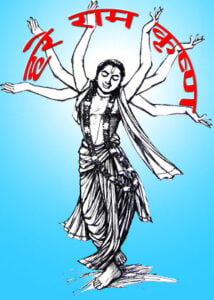
Kṛṣṇa bīja (for fulfiling the highest desire of being one with God). This is what Śrī Aurobindo meant when he said that his life’s effort was to bring Kṛṣṇa down. He wanted to bring this powerful energy down to transform the world into another Kṛta yuga. He is a great sage for he tried, others pass without batting an eyelid for Mother Earth.
Śaktī iconography associated with klīṁ – Kṛṣṇa has six hands (Śrī Chaitanya Mahāprabhu showed this form) with torch, trident, goad, noose, bow, and arrow weapons. There are 64 Śaktī surrounding the eight queens of Kṛṣṇa in 8 directions, each wielding a bow and arrow (symbolising the power of dharma). They are bedecked with jewellery and costumes. Details of this mantra and the entire maṇḍala are given in Vedic Remedies in Astrology. The six arms represent the six vedāñga seasons while the body of Kṛṣṇa is the Veda itself. He is called Vrajendra, the King of Vraja or the avyakta realm.
Jaina Syādvāda
![]()
The syādvāda provides a systematic process of exploring the real nature of anything or a concept. It provides seven steps to consider a problem in a completely non-violent way from different perspectives. It is interesting to note that in four of these statements, the word avyakta is used. If we consider these as the seven loka, then the first three are steps or processes relate to the reasoning at material planes while the remaining four relate to spiritual level reasoning. Such reasoning removes violence from the mind by giving it logic and understanding and also showing the mind its limitation and inability to know everything, particularly the avyakta. The use of saptabhanginaya (sevenfold predication), requires reconciliation with the seven truths that would emerge where each truth is valid within its one system. The various truths are synthesized and are mutually exclusive.
- Syād-asti — “in some ways it is”
- Syād-nāsti — “in some ways it is not”
- Syād-asti-nāsti — “in some ways it is and it is not”
- Syād-asti-avaktavyaḥ — “in some ways it is and it is indescribable”
- Syād-nāsti-avaktavyaḥ — “in some ways it is not and it is indescribable”
- Syād-asti-nāsti-avaktavyaḥ — “in some ways it is, it is not and it is indescribable”
- Syād-avaktavyaḥ — “in some ways it is indescribable”
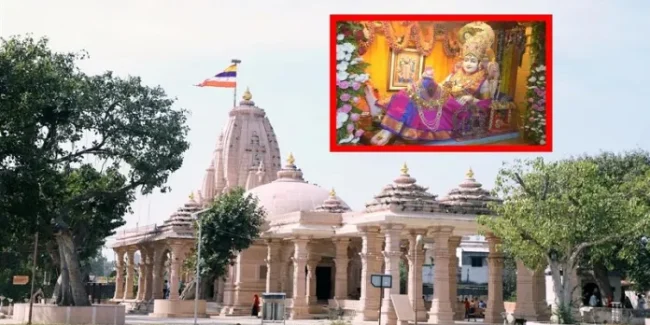
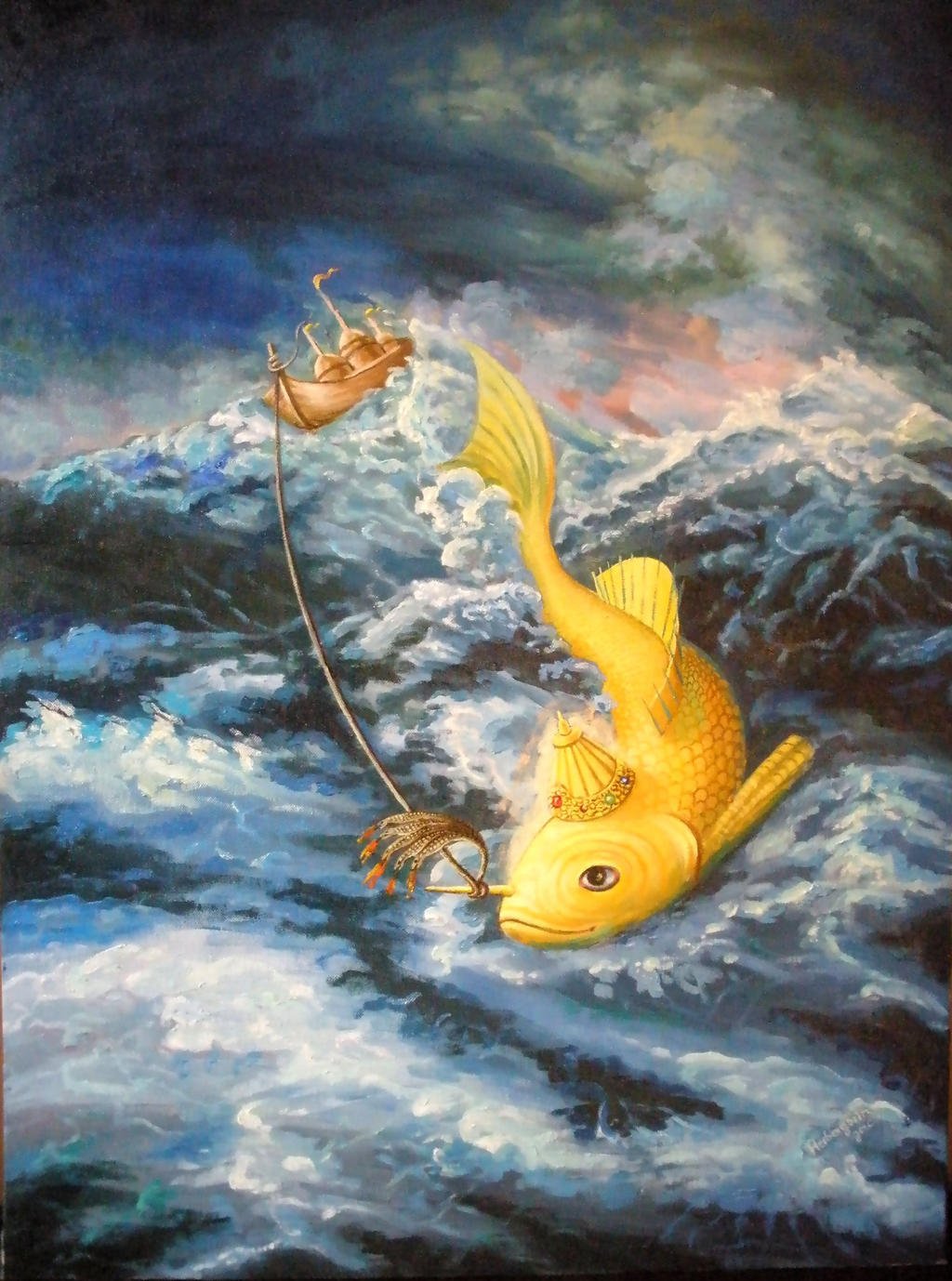
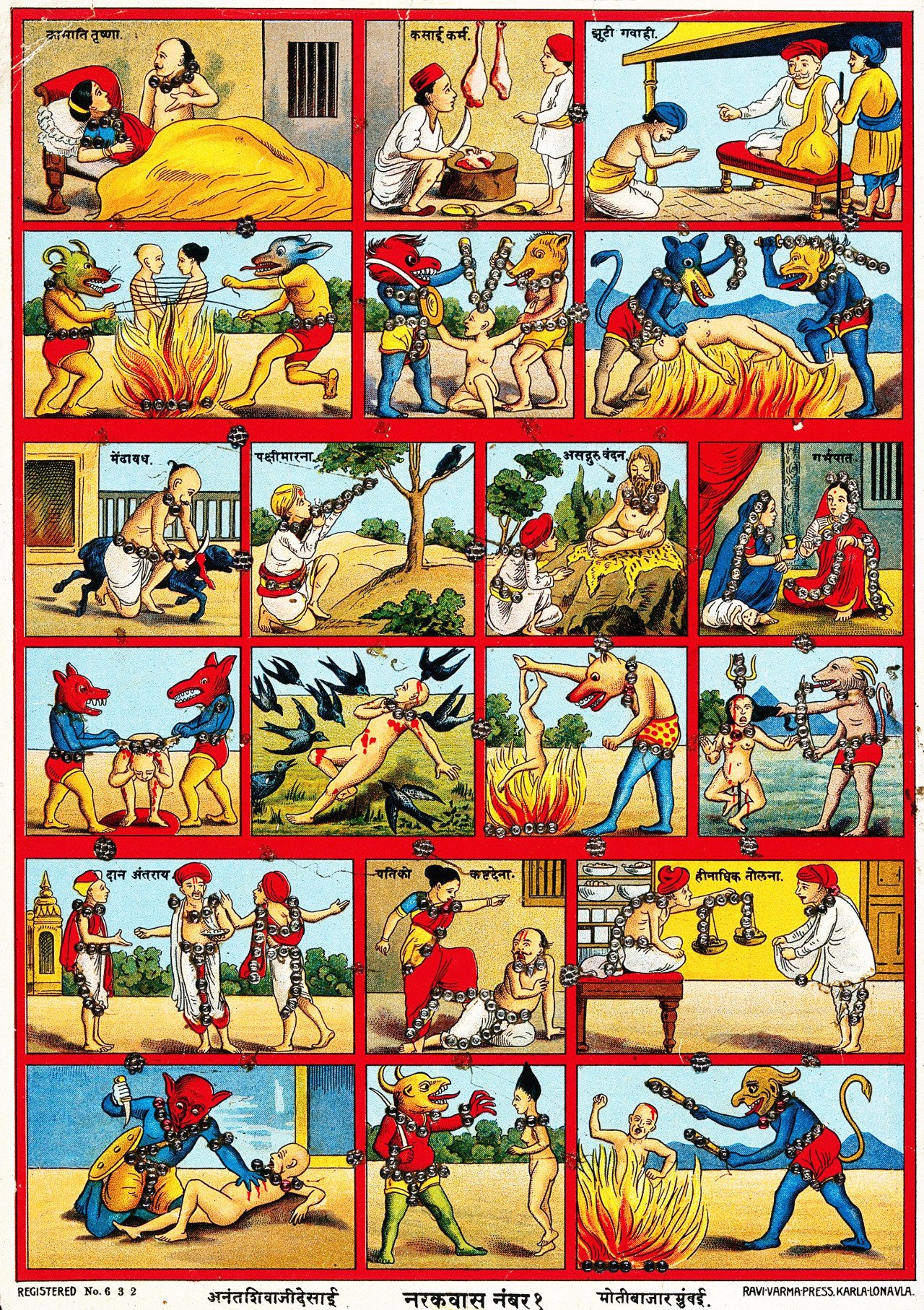


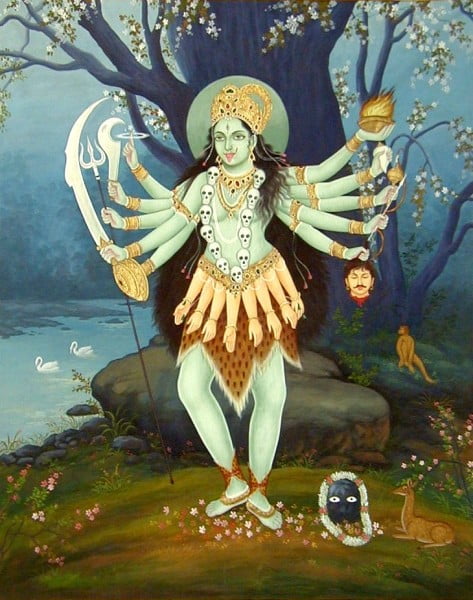
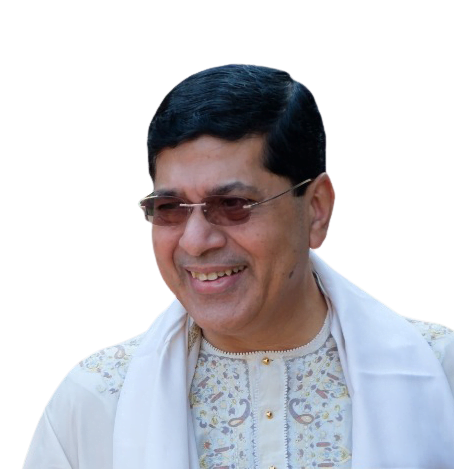
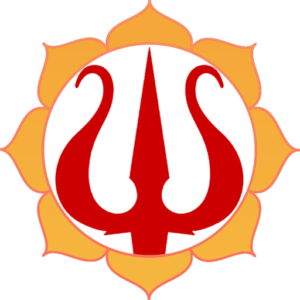
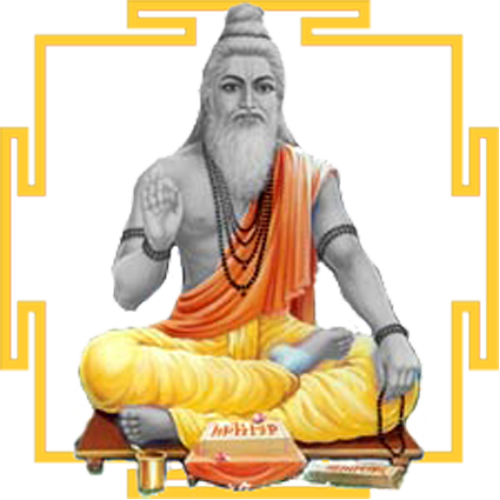 DBC offers online courses in jyotish (Vedic Astrology) taught directly by Sanjay Rath as per the tradition, through narrated power points and other audio tools. The courses are at different levels, from the beginners through the intermediate to the advanced and are known as SoHamsa | DBC courses, with individual classrooms and assistant teachers
DBC offers online courses in jyotish (Vedic Astrology) taught directly by Sanjay Rath as per the tradition, through narrated power points and other audio tools. The courses are at different levels, from the beginners through the intermediate to the advanced and are known as SoHamsa | DBC courses, with individual classrooms and assistant teachers
 Sagittarius Publications is the publisher and distributor the popular quaterly magazine the Jyotish Digest, as well as many thorough books on the subject of Vedic Astrology or Jyotish.
Sagittarius Publications is the publisher and distributor the popular quaterly magazine the Jyotish Digest, as well as many thorough books on the subject of Vedic Astrology or Jyotish.